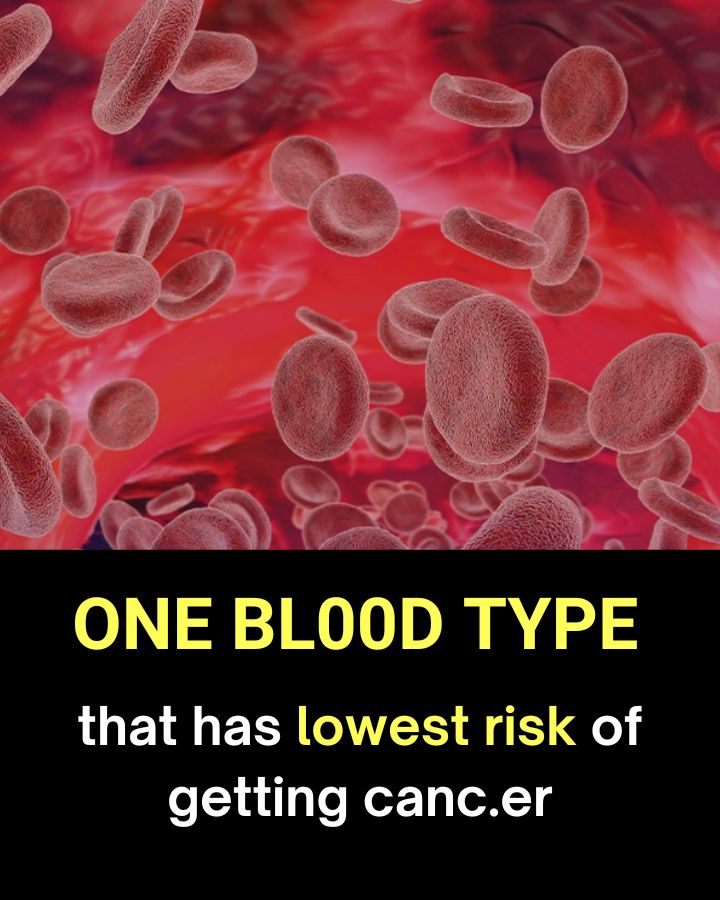- Bone can.cer (causing deep bone pain or fractures)
- Brain tumors (causing persistent headaches, nausea, and vision problems)
- Ovarian or colorectal can.cer (causing pelvic or abdominal pain)
- Lung can.cer (causing chest pain and discomfort)
If pain continues for weeks without improvement or is along with other symptoms, meet a doctor.
5. Unusual lumps or swelling

The appearance of a lump, swelling, or thickening of tissue anywhere in the body should never be ignored. Cancerous lumps are usually hard, painless, and grow over time.
Possible can.cers related to lumps and swelling:
- Breast can.cer (lump in the breast or armpit)
- Testicular can.cer (lump in the testicle)
- Throat or thyroid can.cer (lump in the neck)
- Lymphoma (swollen lymph nodes in the armpits, groin, or neck)
Conclusion
Early detection is essential to successful can.cer treatment. If you deal with unexplained weight loss, persistent fatigue, skin changes, chronic pain, or unusual lumps, seek medical attention as soon as possible.
Doctors reveal the one bl00d type which has the lowest risk of canc3r

As well as potentially saving your life in emergency events, some experts say that knowing which bl00d group you belong to could also boost in handling longer term health conditions – specifically, canc3r.
A study carried out in 2015 reportedly ruled that only one of the four blood groups had been connected to a weakened chance of developing certain strains of the disease. But which?
Looking for your bl00d type
It’s crucial to note, however, that this isn’t the type of info that the NHS member of staff taking your bl00d will present voluntarily. In fact, most people only find out their bl00d group when being treated for a specific health condition.
As we say, there are four ‘types’ of blood. Every person is either:

